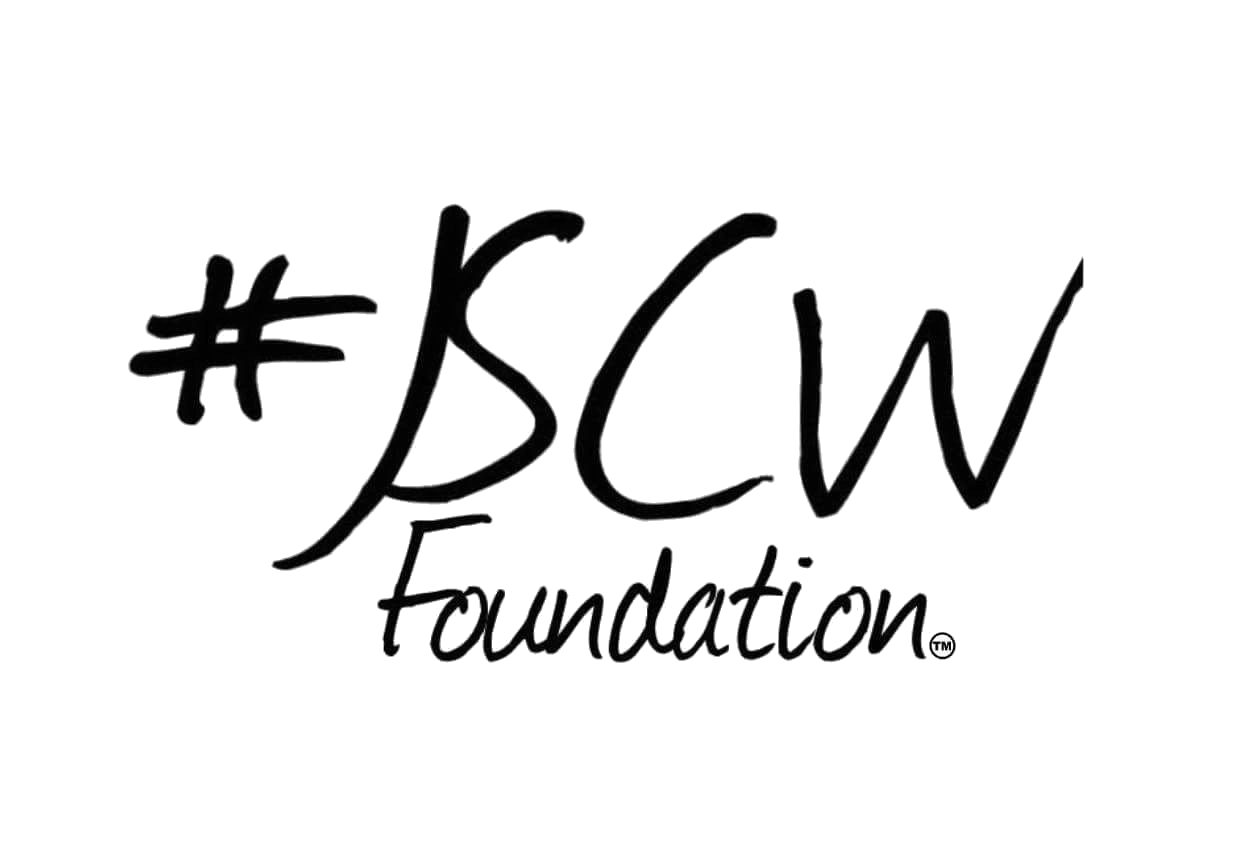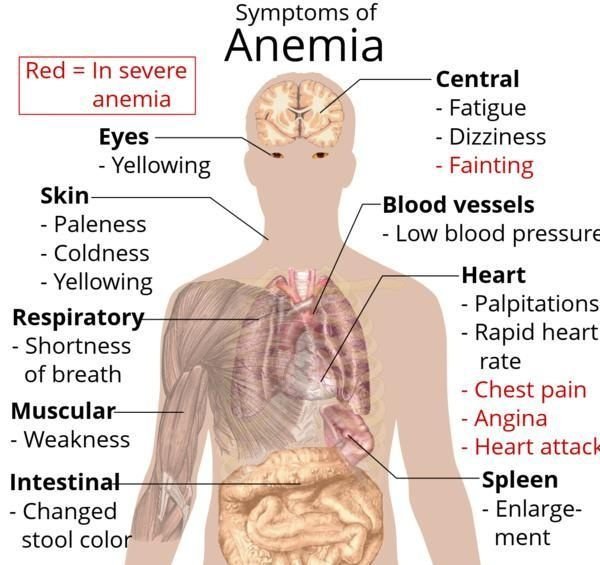Sickle Cell In NC!
According to North Carolina Health and Human Services there is an estimated over 90,000 people have sickle cell trait or a related hemoglobin trait across the state of North Carolina.
What is Sickle Cell?
Sickle Cell is a group blood disorder that cause red normal blood cells to become misshapen and break down. They take the shape of a “Sickle” which give SCD it’s name.
With sickle cell disease, an inherited group of disorders, the normal red blood cells contort into a sickle shape. The cells die early, leaving a shortage of healthy red blood cells (sickle cell anemia), and can block blood flow causing pain (sickle cell crisis). Infections, pain, and fatigue are symptoms of sickle cell disease. Treatments for SCD include medications, blood transfusions, and rarely a bone-marrow transplant.
WHAT IS A BLOOD OR MARROW TRANSPLANT (BMT)?
• It’s a treatment that uses healthy blood-forming cells from a donor to replace your abnormal cells. It is not surgery.
• It’s the only known cure for sickle cell disease (SCD).
• It can’t reverse organ damage from SCD but it can stop more damage from happening.
Did you know?
The United States Congress passed the National Sickle Cell Anemia Control Act in 1972. This would have made sure that all newborn babies would go thought a SCD testing along with other testing right after birth. According to the CDC, states didn’t adopt this on a wide scale until 1986 nearly 14 years later.
Also according to the CDC State-Based Monitoring for Selected Hemoglobinopathies, “Although screening for sickle cell disease (SCD), one of the hemoglobinopathies, has been included as part of NBS in all 50 states since 2006, screening for other hemoglobinopathies, such as alpha- and beta-thalassemia (thal-uh-SEE-mee-uh), is currently performed in only a few states.”
You can find more information on this by clicking here.
Sickle Cell Symptoms
Sickle Cell Symptoms
Pain areas: in the joints
Pain types: can be sudden in the chest
Whole body: dizziness, fatigue, low oxygen in the body, or malaise
Urinary: inability to make concentrated or dilute urine or blood in urine
Also common SCD: abnormal breakdown of red blood cells, delayed development, inflamed fingers or toes, pallor, shortness of breath, or yellow skin and eyes.
What treatment is available?
SCD affects each person differently, so there is no “best treatment” for everyone with SCD. Hydroxyurea, L-glutamine, voxelotor and crizanlizumab-tmca are the only approved medicines for SCD. They can help lower the number of pain crises, but they do not cure SCD.
Other options to reduce SCD symptoms include:
Pain Medicine
Blood Transfusions
Medicines to prevent blood clots
Antibiotics
These treatments will not cure the disease but may help you feel better.
How Sickle Cell Is Passed?
In image one (1.) only one parent is a carrier of SCT, The mother isn’t. This means that 2 out of 4 of their children would have SCT. The other two are “normal.”
Jasmine inherited both sickle cell genes from her mother and father as shown in image two (2.). With both Jasmine's mother & father being carriers of SCT Jasmine was the one child that was born with SCD/SCA. On the other hand, her north and sister are carriers of Sickle Cell.
In image three (3.) the father has SCD/SCA and the mother isn’t. This means 4 out of their 4 children will have SCT.
In image four (4.) the father has SCD/SCA and the mother has SCT. This means 2 out go the 4 will have SCT and the other 2 will have SCD/SCA.
In image five (5.) both the mother and the father have SCD/SCA. With this four out of four of there, children will have SCD/SCD.
Sickle Cell Trait and Athletes.
Some people with Sickle Cell Trait have been shown to be more likely than those without SCT to deal with heat stroke and/or muscle breakdown when doing intense exercise, such as competitive sports or some military training workouts under unfavorable temperatures (too high or too low) or other conditions.
Studies have shown doctors that the chance of this problem can be reduced (if possible) by avoiding dehydration and getting too hot or being too cold during training.
People with SCT who participate in competitive or team sports (i.e. student athletes of any kind) should be careful when doing training and working out or doing heavy activities. Trying to prevent illness while having SCT is very important. Try the following:
Set your own pace while working out and build your intensity slowly.
Rest often in between repetitive sets and drills is a good thing.
Drink plenty of water before, during and after training/ working out and conditioning activities.
Keep the body temperature cool when working out in hot and humid temperatures. Misting the body with water or going to an air conditioned area during breaks and rest periods.
Immediately seek medical care when feeling ill after working out/ activities.
Types of Sickle Cell.
Hemoglobin SS disease
Hemoglobin SS disease is the most common type of sickle cell disease. It occurs when you inherit copies of the hemoglobin S gene from both parents. This forms hemoglobin known as Hb SS. As the most severe form of SCD, individuals with this form also experience the worst symptoms at a higher rate.
Hemoglobin SB+ (beta) thalassemia
Hemoglobin SB+ (beta) thalassemia affects beta globin gene production. The size of the red blood cell is reduced because less beta protein is made. If inherited with the Hb S gene, you will have hemoglobin S beta thalassemia. Symptoms are not as severe.
Hemoglobin SC disease
Hemoglobin SC disease is the second most common type of sickle cell disease. It occurs when you inherit the Hb C gene from one parent and the Hb S gene from the other. Individuals with Hb SC have similar symptoms to individuals with Hb SS. However, the anemia is less severe.
Hemoglobin SB 0 (Beta-zero) thalassemia
Sickle beta-zero thalassemia is the fourth type of sickle cell disease. It also involves the beta globin gene. It has similar symptoms to Hb SS anemia. However, sometimes the symptoms of beta zero thalassemia are more severe. It is associated with a poorer prognosis.
Hemoglobin SD, hemoglobin SE, and hemoglobin SO
These types of sickle cell disease are more rare and usually don’t have severe symptoms







